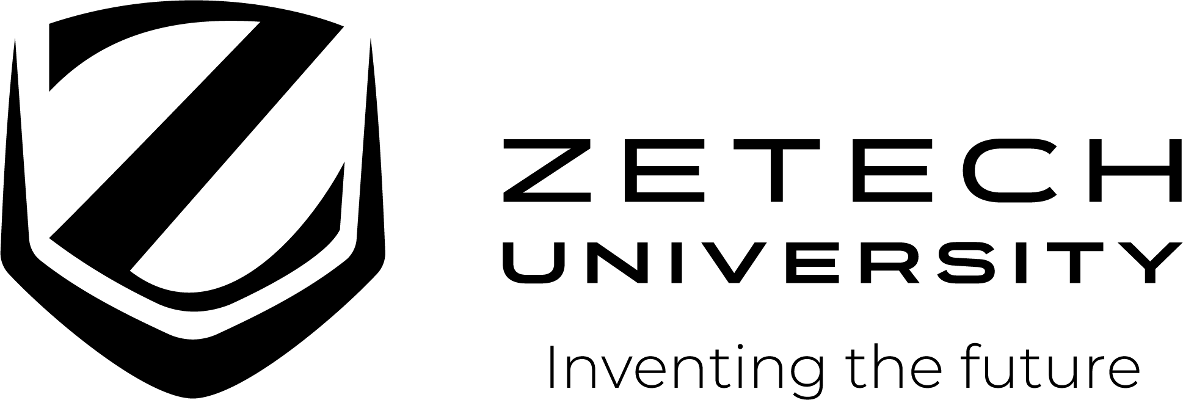The role of essential metals in human nutrition / Andreas M. Grabrucker, PhD.
Material type: TextSeries: Nutrition and diet research progress seriesPublisher: New York : Nova Science Publishers, [2023]Description: 1 online resource (x, 151 pages) : illustrationsContent type:
TextSeries: Nutrition and diet research progress seriesPublisher: New York : Nova Science Publishers, [2023]Description: 1 online resource (x, 151 pages) : illustrationsContent type: - text
- computer
- online resource
- 9798891130326
- 612.3/924 23/eng/20231003
- QP534 .G73 2023
Includes bibliographical references and index.
Chapter 1: Introduction -- Chapter 2: The Essential Metals of the Human Body -- Chapter 3: How to Cook Metals -- Chapter 4: Calcium (Ca) -- Chapter 5: Sodium (Na) -- Chapter 6: Potassium (K) -- Chapter 7: Magnesium (Mg) -- Chapter 8: Iron (Fe) -- Chapter 9: Zinc (Zn) -- Chapter 10: Copper (Cu) -- Chapter 11: Manganese (Mn) -- Chapter 12: Molybdenum (Mo) -- Chapter 13: Cobalt (Co) -- Chapter 14: Chromium? (Cr) -- Chapter 15: What Metals Not to Eat -- Epilogue -- Author Biogrpahy -- Index.
"Minerals, like the essential metals of the human body, are crucial for human health. Although sometimes occurring in only minuscule amounts, their presence or absence can have major consequences for our cells and tissues. However, the function and interaction of metals with proteins and other metabolites in our body are not well investigated. Therefore, this book gives an introduction to metal biology and does so in a unique manner. It is based on research conducted at the University of Limerick, Ireland. It is written with students in Food and Health Sciences interested in metals and a delicious dinner. To describe the biological cycle of metals, the book starts with unique recipes developed by the students, cooked with selected ingredients based on the content of a specific metal, thereby creating a dish with maximum metal content. We then follow each metal through the gastrointestinal system, explore its distribution in the body, and describe its major functions until it is finally excreted, and the reader is hungry for the next metal and meal. This book is written for students in Life Sciences, especially Physiology, Food and Health Sciences, Nutritional Sciences, Biosciences, related fields, researchers, teachers, and the interested public. Every day, we make choices about what we eat. So why not think about which metal we may like most today and cook a meal that reminds us again of the role of this metal in the human body? Reading this book will hopefully fill the stomachs as much as the readers' brains. Bon appetite"-- Provided by publisher.
Description based on online resource; title from digital title page (viewed on October 16, 2023).
WorldCat record variable field(s) change: 050
There are no comments on this title.
